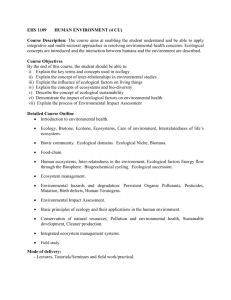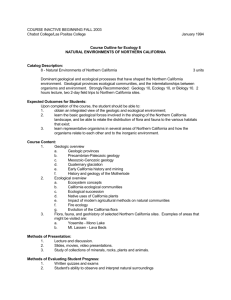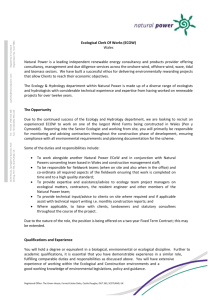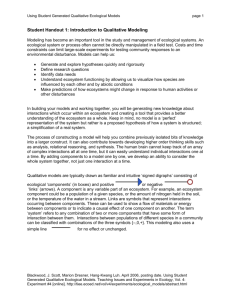MODELS OF SYSTEMS
advertisement
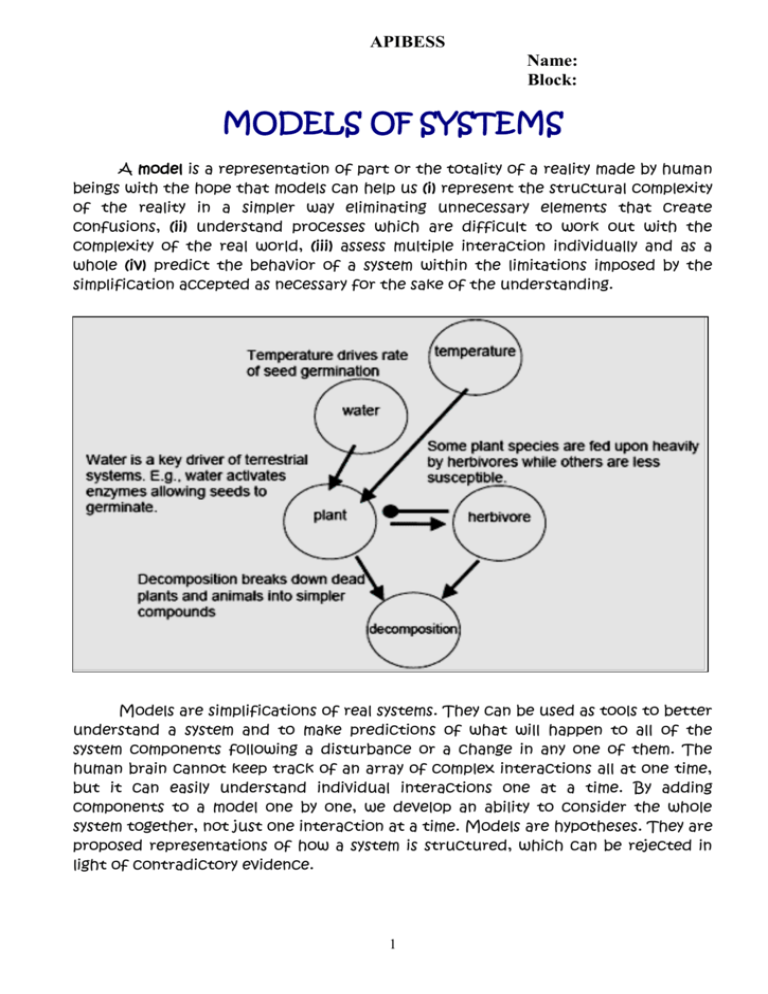
APIBESS Name: Block: MODELS OF SYSTEMS A model is a representation of part or the totality of a reality made by human beings with the hope that models can help us (i) represent the structural complexity of the reality in a simpler way eliminating unnecessary elements that create confusions, (ii) understand processes which are difficult to work out with the complexity of the real world, (iii) assess multiple interaction individually and as a whole (iv) predict the behavior of a system within the limitations imposed by the simplification accepted as necessary for the sake of the understanding. Models are simplifications of real systems. They can be used as tools to better understand a system and to make predictions of what will happen to all of the system components following a disturbance or a change in any one of them. The human brain cannot keep track of an array of complex interactions all at one time, but it can easily understand individual interactions one at a time. By adding components to a model one by one, we develop an ability to consider the whole system together, not just one interaction at a time. Models are hypotheses. They are proposed representations of how a system is structured, which can be rejected in light of contradictory evidence. 1 No model is a 'perfect' representation of the system because, as mentioned above, all models are simplifications and in some cases needed over simplifications. In working together to build your own models, you will generate new hypotheses about interactions occurring within the ecosystem that provide a better understanding of the complexities of the ecosystem as a whole and the multiplicity of interactions. Modeling has become an important tool in the study and management of ecological systems. Sometimes it is not possible to manipulate an ecological system to test rival hypotheses in field tests. For example, costs and time constraints can limit large-scale experiments for testing community responses to an environmental disturbance. In contrast, models can help explore hypotheses quickly and rigorously, and can help to define research questions and identify data needs. While modeling is widely considered by ecologists to be an important component of ecological education, most ecology students have the misconception that ecological models (particularly those dealing with ecosystems and communities) are always extremely complex and filled with mathematical equations (a quantitative approach). On the contrary, a complex ecological system can be simply yet formally described with a set of 'boxes and arrows' (a qualitative approach). The following is a model trying to explain the ecological behavior of complex human communities. Models can be qualitative, semi-quantitative and quantitative on the basis of the use of numerical data about the storages and flows in the system. There are systems in many different areas of human activity, for example in ecology, mathematics, sociology, astronomy, robotics and so. 2 Your Task: a) Analyze the model above in order to state and explain the strong aspects of this model. b) State and explain the weak points of this model. c) Re-write this model with the improvements you consider necessary to improve it. Describe and explain (justify) the additions or deletions that you made. d) Explain how this model could be used in areas such as (i) social studies, (ii) economics, (iii) social planning and development and (iv) politics. 3




